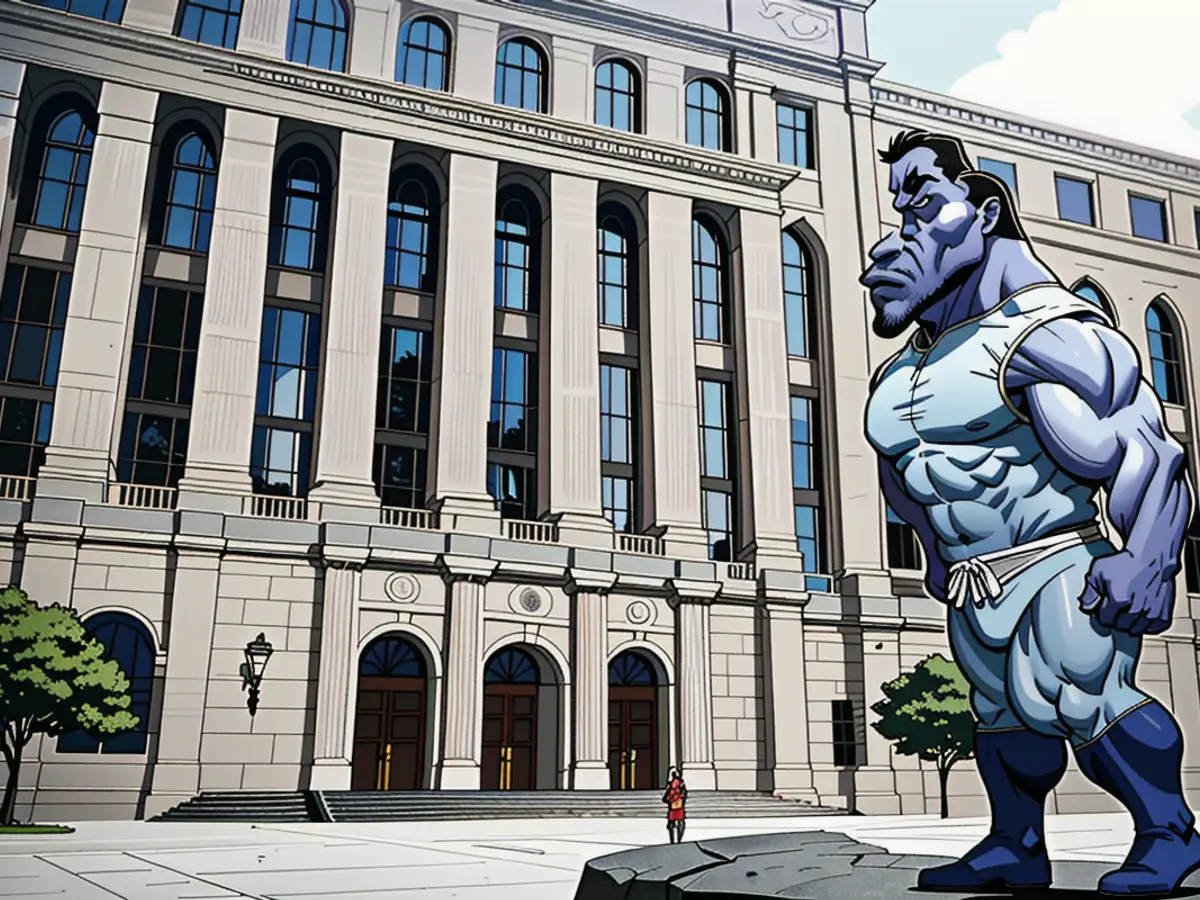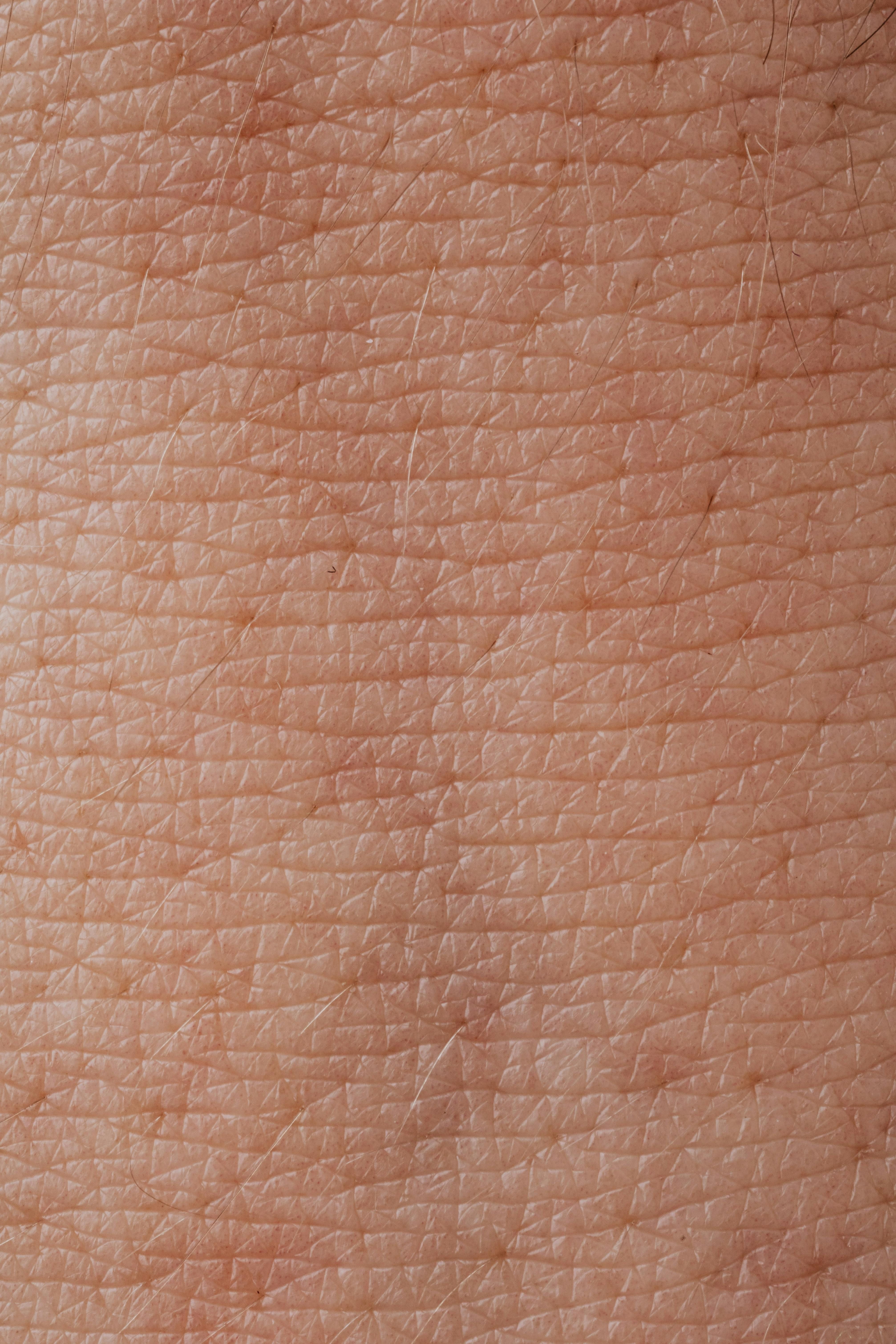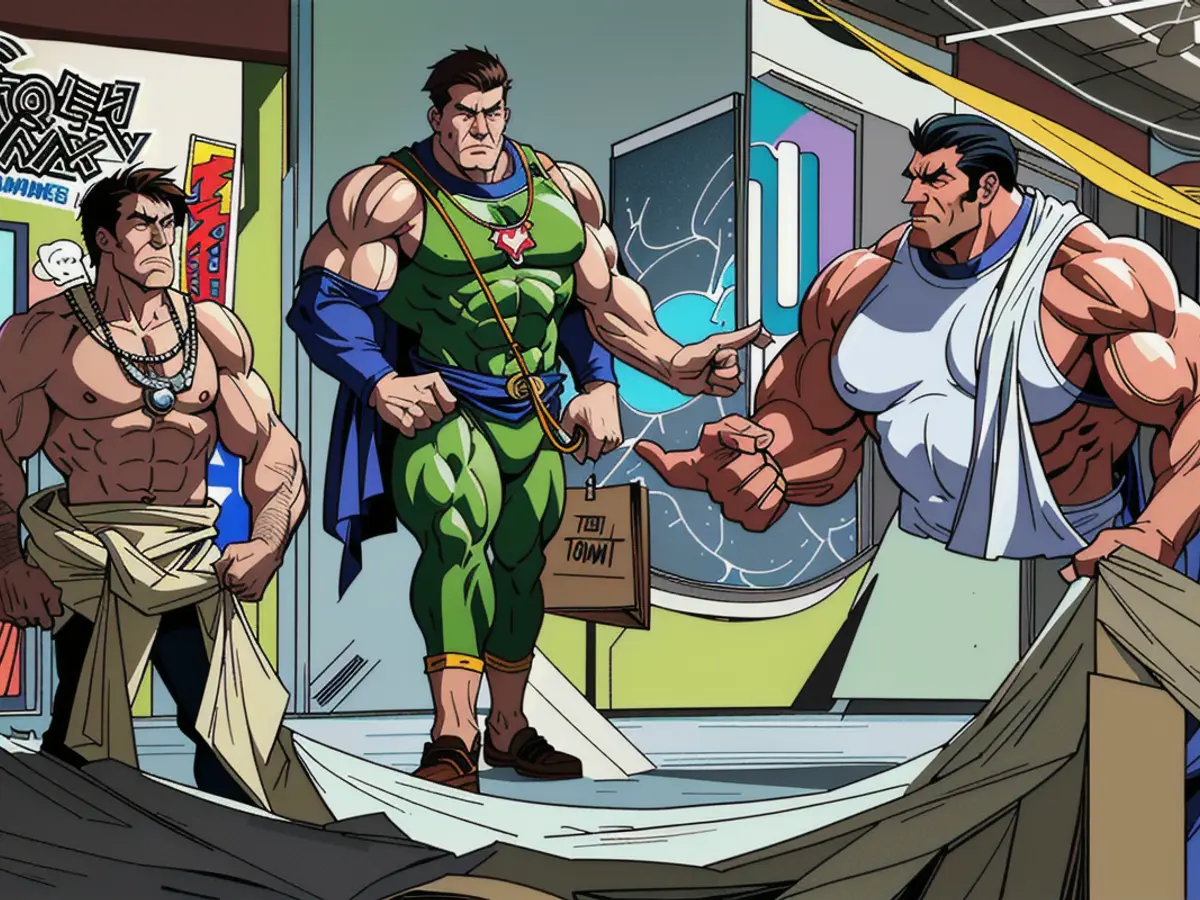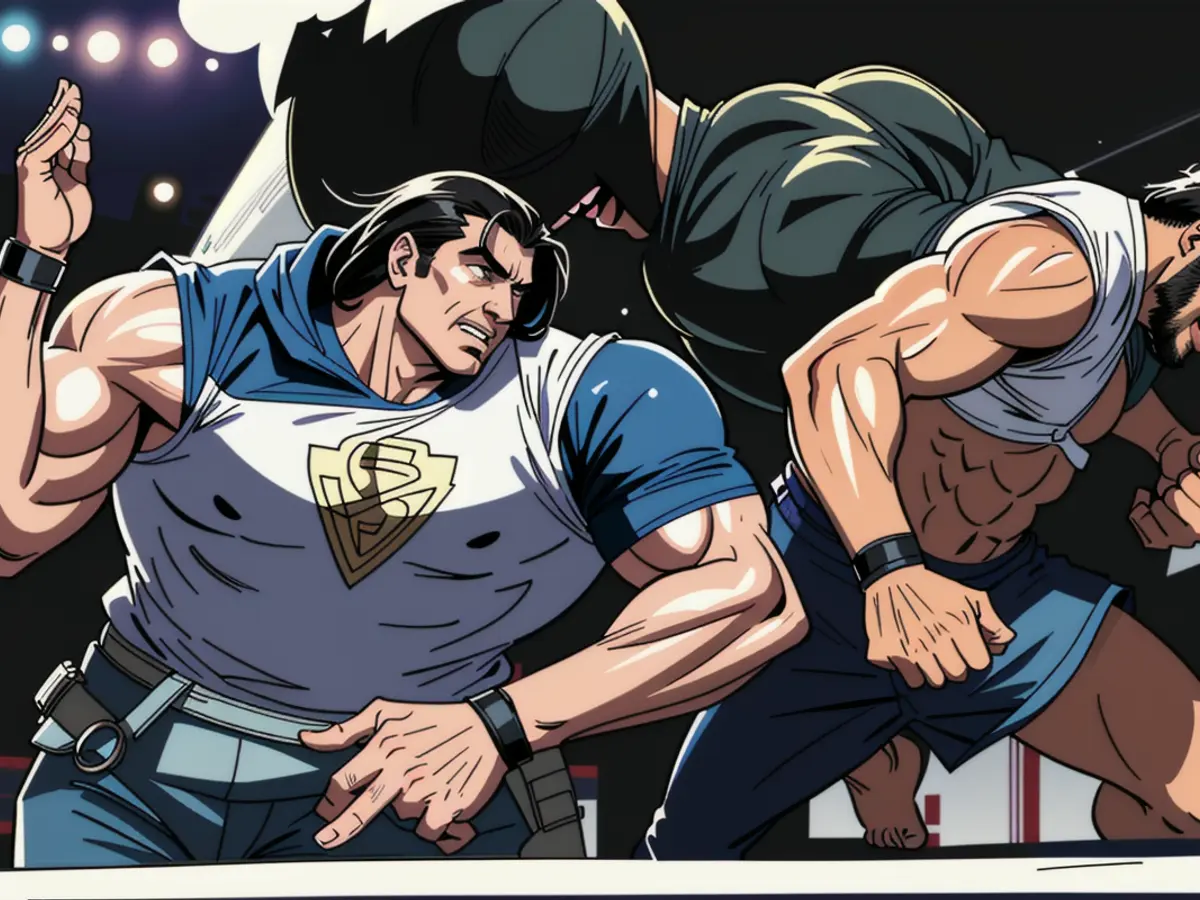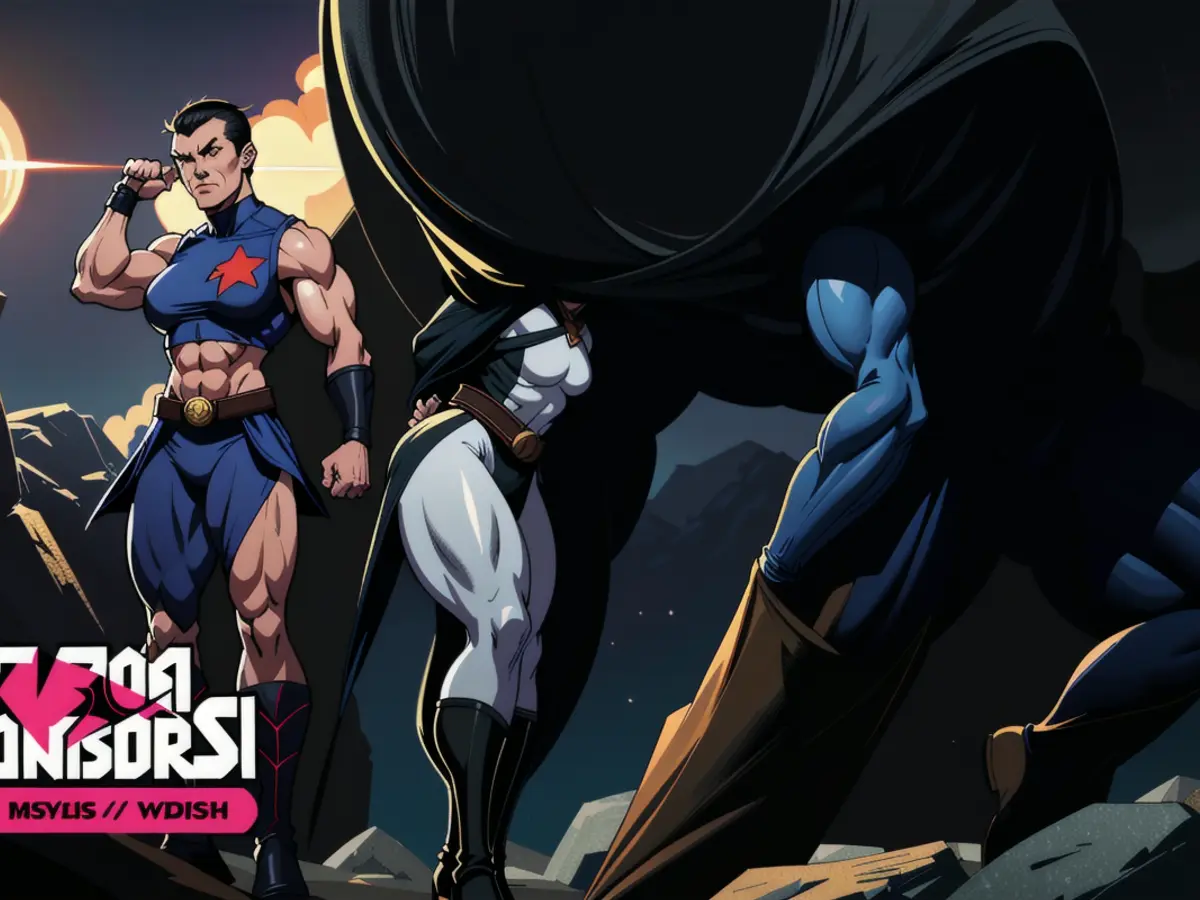Federal appeals court restores positions of key labor administrators in Washington D.C.
Going Back to Their Posts: Two top federal labor protection officials, Cathy Harris and Gwynne Wilcox, have made a comeback to their positions following a ruling by the DC Circuit Court of Appeals on Monday. This decision, though temporary, reverses an earlier one that permitted President Donald Trump to sack these officers amid a protracted legal battle over his authority to generally dismiss leaders of independent government agencies.
In a 7-4 decision, the full appeals court overruled the previous verdict from a three-judge panel, allowing Trump to fire Harris, who heads the Merit Systems Protection Board that scrutinizes federal dismissals and can reinstate workers wrongly terminated, and Wilcox, a member of the National Labor Relations Board.
With Harris and Wilcox back on the job, a quorum has been reestablished at the NLRB and MSPB, empowering them to operate at full strength and handle employment disputes involving the federal sector. These agencies serve as a vital safeguard against Trump's drive to rapidly diminish the federal workforce and lay off thousands of employees.
Both officials are Democrats appointed by President Joe Biden, with their statutory terms generally secure for years. According to federal law, they can only be dismissed for reason, but Trump aims to fire them regardless. The Justice Department contends that this infringes on the president's constitutional power to discharge officials.
This ruling doesn't mark the final word in this matter, with many legal experts predicting that the dispute will eventually end up at the Supreme Court.
The DC Circuit Court of Appeals annuled an emergency order from the three-judge panel enabling Trump to fire the officials while the appeals process unfolds. However, a smaller three-judge panel is scheduled to review the core merits of the case, with a hearing set for May 16.
In their ruling on Monday, the DC Circuit majority highlighted that the Supreme Court has repeatedly emphasized the need for lower courts to follow existing Supreme Court precedents unless they are revised or overturned. They referred to earlier cases as still being in effect.
All seven of the DC Circuit judges who supported reinstating the labor officers were appointed by Democratic presidents, while the four dissenting judges who opposed it were named by Republican presidents.
Both women initiated court challenges against their dismissals, and trial judges determined that their terminations were unlawful. The Justice Department then appealed these judgments and later secured a court order that temporarily allowed Trump to dismiss the officials pending the resolution of the appeals. This temporary order was rescinded on Monday, restoring the officials to their posts.
Background Insights: The Supreme Court has issued crucial rulings defining presidential firing powers, particularly concerning removal protections for members of independent agencies. The most pivotal precedent is the 1935 case of Humphrey's Executor v. the United States. Here are salient points related to the Supreme Court's stance on this issue:
1. Myers v. United States (1926)
In this case, the Supreme Court concluded that the president holds extensive power to fire executive branch officials, asserting that the president can dismiss officials without Senate approval, except in cases where specific statutory protections are in place. This ruling laid the foundation for debates about the boundaries of presidential authority over independent agencies.
2. Humphrey's Executor v. the United States (1935)
This landmark case limited the president's power to fire officials from independent commissions, ruling that Congress could impose for-cause removal protections to guarantee that these bodies function without political interference. The court blocked President Franklin D. Roosevelt from removing a Republican member of the Federal Trade Commission, thereby establishing that multi-member commissions with limited executive power are exempt from at-will removal.
3. Recent Challenges and Developments
In recent instances, such as President Trump's attempts to oust officials like Cathy Harris and Gwynne Wilcox from the Merit Systems Protection Board and National Labor Relations Board, respectively, the Trump administration has questioned these for-cause removal protections. The administration argues that these protections infringe on presidential authority, particularly for agencies exerting substantial executive power. However, these challenges have been met with varying lower court rulings that have both prevented and allowed such removals, pending further scrutiny by higher courts.
- The federal labor protection officials, Cathy Harris and Gwynne Wilcox, who were reinstated following a ruling by the DC Circuit Court of Appeals, serve on the National Labor Relations Board and Merit Systems Protection Board respectively, ensuring a quorum is established and enabling them to handle employment disputes in the federal sector.
- Prior to the DC Circuit Court of Appeals' decision, President Trump aimed to fire Harris and Wilcox, citing his constitutional power to discharge officials, a contention that has been a subject of debate, given the Supreme Court's previous rulings on removal protections for members of independent agencies.
- In a case similar to the current one, Humphrey's Executor v. the United States (1935), the Supreme Court ruled that Congress could impose for-cause removal protections on members of independent commissions to prevent political interference, a precedent that the DC Circuit Court of Appeals may refer to in its ongoing review of this matter.
